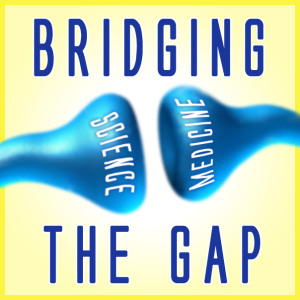While dancing on the line between church and state, the Supreme Court ruling in favor of Hobby Lobby’s decision to not fund contraceptives for its employees drew considerable media attention and controversy. Since the use of contraceptives opposes the religious beliefs of the company leaders, Hobby Lobby employees seeking access to contraceptives must pay for them out of pocket. Oral contraceptives can cost as high as $70 per month without insurance, and depending on an individual’s finances, this could limit contraceptive access to Hobby Lobby employees. When discussing this decision with some of my first-year colleagues, the question arose of whether an “emotional experience” like religious faith warrants a decision that may limit an employee’s access to medical care. To better understand the experience of faith that ultimately guided the Hobby Lobby company leaders and in order to “bridge the gap” between science and medicine on the topic of religion, it is important to explore the mechanisms by which widely used religious routines affect our brains.
Society’s association of religion with mystical experiences has interestingly influenced the way most cultures understand religion. The Pahnke-Richards Mystical Experience Scale assesses the different domains of mystical experiences, including transcendence of time and space and sense of sacredness. Research into understanding these experiences is still unclear, and would provide useful information about some of the feelings which faith raises. However, in addition to the seeking of mystical experiences, religion is largely experienced through doctrine and routinized worship. The majority of experiments with conclusive results in the field of religion have focused on identifying the brain regions that are activated during the latter methods of worship.
Interestingly, recent studies have found that religious experiences induced by repetitive recital of religious texts or meditation suggest that attentional and higher order cognitive functions are more likely to be involved in an individual’s experience of religion than those associated with structures in the brain involved with emotion. One group used functional MRI in humans self-reported to be religious during religious recitation, and found greatest activity in the dorsolateral prefrontal cortex, and other frontal cortical structures. The prefrontal cortex is the brain region most commonly associated with logical decision-making and top-down reasoning. The most surprising finding of this study was that limbic areas, which are structures known to be involved in emotional processing, were not found to be activated. The findings of this study indicate that humans experience religion in a more thoughtful, rather than emotional, manner.
Another group repeated this experiment with Franciscan nuns at prayer, and also found that prayer causes greatest activation in the prefrontal cortex. In order to better understand prefrontal cortical activity during religious experience in an evolutionary perspective, scientists explored the relationship between belief and analgesia (inability to feel pain). In a test involving painful stimulation, Professor Wiech and colleagues in London found that religious images could produce analgesia in Catholics but not in self-reported non-religious people. The accompanying prefrontal cortex activity was hypothesized to be related to deliberate control of pain perception. This suggests that religion may be used to mediate mind/body interactions, and perhaps shed some light on some of the phenomena associated with meditation.
The Hobby Lobby decision has shown that religion is an element of culture that has the potential to impact the practice of medicine by influencing political decisions and affecting patient access. Research has repeatedly shown prefrontal cortex activation and lack of limbic system activation associated with the reciting of religious doctrine and prayer, indicating that there could be more than an “emotional experience” driving the Hobby Lobby company leaders. Recognition of the logical reasoning and potential analgesic effects of faith can equip a physician with some of the knowledge necessary to better understand the origin of this company’s decision not to fund contraceptives.
Bridging the Gap focuses on the relationship between basic research and medicine to develop an appreciation for the science that underlies the foundations of modern medicine



